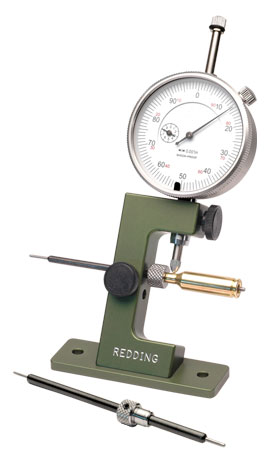Need some thoughts here fellas.
Recently did a load workup for some 62gr Fusion pulls and had some huge ES/SD numbers.
I’ll update with some actual numbers but I remember that my best SD was 10 and high SD was something like 60. Can’t remembet the ES’s right now. Also, I guess not surprisingly, my best group was the SD @ 10 with a 5-shot ~0.5” group. Most other groups were 1.5-2”.
All bullets were sorted to +/- 0.2 grs.
Brass is mixed mil headstamp (LC, TAA, Win)
Brass was all trimmed to the same length
Bullets all seated on Dillon 550
Powder was TAC and H322 and was weighed & trickle charged if needed (every load)
Primer is Wolf SRM
Only thing I could think of for the variance is the mixed brass but I’ve used this brass without sorting headstamp in the past with some 77gr loads and had some consistent sub-moa ammo.
Thoughts?




 Reply With Quote
Reply With Quote






Bookmarks